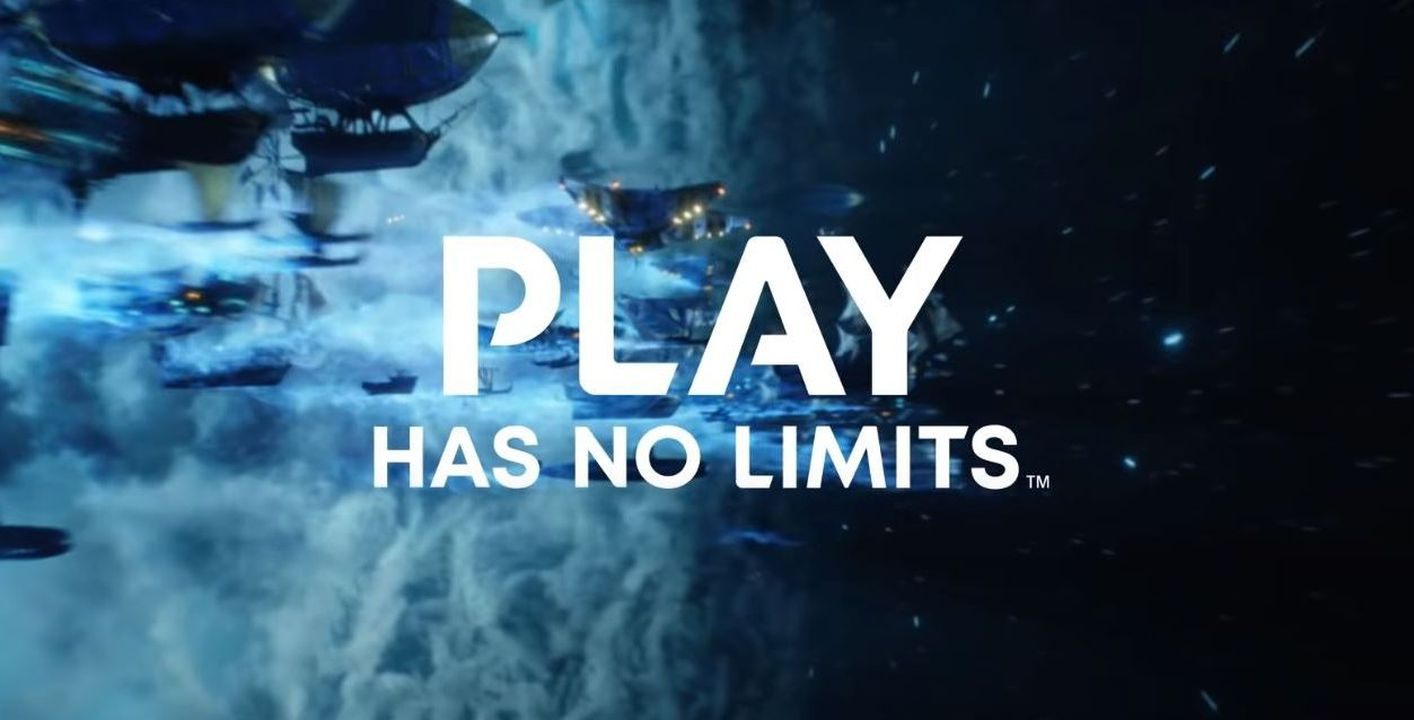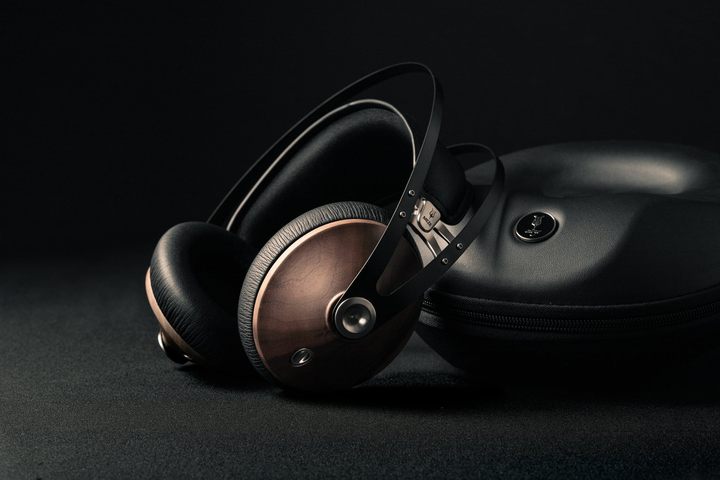Corporate empathy is only marketing. Why ease of access is usually empty PR
Table of Contents
Ease of access is relatively new. First, there were mods for people with various visual impairments (for color-blind people, for example). Naughty Dog has made a big breakthrough with their The Last of Us: Part II, offering extensive possibilities to adapt the game to our needs. While software manufacturers slowly accept the existence of all kinds of impairments in the world, hardware manufacturers still pretend that they do not exist.

I look at these charming marketing slogans – new technologies, refined, realistic, spatial, surrounding sounds, equipment with incredible possibilities, all these Atmos, 3D Sounds, Dolby Stereo, equipment for sick, unbelievable, exorbitant sums – and I feel a little bit left out. Don't get me wrong – it's obvious to me why big companies don't address their products to people like me. It's great that people can hear three-dimensionally, realistically and better perceive the game thanks to new technologies.
However, the same big companies talk so much about the availability of their works and their adaptation to the "most demanding users." About reaching out, helping and supporting. "Play has no limits" is one of the well-known slogans. But how can I understand the slogan "Creating a world with no limitations" on the access page for equipment sold by the same large company? In my case, however, play does have limits, because sometimes – which means quite often – there's no simple mono mode.
I don't understand why I can't find such simple functionality provided by hearing aids since long ago. The so-called crosses aren't so advanced, really – they pick up sounds from one earpiece and transfer them to the other. This lets you hear "stereo in mono" – you can hear a conversation of people sitting on your "deaf side." Yeah, it's not even simple mono anymore; it's something more. One of the few companies that decided to do more than just invent marketing slogans is Apple.
I recently read an article about the best headphones in 2020 and I felt amused, since these technological wonders listed there, which are all monuments of kitsch aesthetics, which cost hundreds of dollars, are as valuable to me as headphones for 50 bucks.
Well, at least that's an upside, I guess, about the only one. While I've been a little bit mean and grumpy in this article, I'm actually at peace with my condition. I'm laughing because I know that there aren't many players like me, or at least there aren't enough of us to influence the marketing of all that gaming junk that's being pushed our way marketed with "hear your opponents before they hear you." However, my life is more about hearing the approaching truck before it runs me over, not after.
Play has limits if you can't hear
But I confess I am a little bit disappointed. All the talk about accessibility, and leaving no one behind... Big companies, guided by true care and empathy, I'm sure, spend a lot of time on creating an image we can't accuse of anything wrong. Meanwhile, simple verification makes you cry inside.

For example, Sony didn't manage to introduce a function that would let me fully hear their games for seven years. You will probably say that I should wait for the release of PS5. But we checked – and there are no accessibility options for the unilaterally deaf. To do justice, I will mention that many individual games for Sony consoles have mono sound options. But will they all have them, in the next 6 or 8 years of the current generation? I doubt it.
Nintendo Switch lets us run mono, but only in TV mode. In the latest Xbox Series X, this feature is already there (way to go, Microsoft!), and you already know about Windows.
And you could do so much more! I could settle for a simple mono mode hidden somewhere in the abyss of game options, but I also fancy ideas like pairing the game with the BAHA implants (which are able to connect to PCs and phones via Bluetooth – yes, you can connect a piece of your skull to your phone now) so that the console would transmit part of the stereo mix to the deaf ear, and part of it to the other one. That would be a real stereo for the deaf!
But to know this, you have to talk to those people. And then it might turn out that instead of installing a billion RGB colors, it would be worthwhile to invest a fraction of this money in solutions that will actually make access easier. It will also turn out that the trumpeted empathy and inclusiveness is in fact exclusion of some of the players, whom we usually don't notice.
This article is just for that – I won't change the world, I won't influence the budget of big companies, but I can tell you about my experience, which I think is a bit different from yours. This experience taught me to look suspiciously at every advertising slogan and every new piece of hardware.
ARE WE FEW? I THINK NOT
It is estimated that over one billion people in the world have serious hearing problems.
Hope
Luckily, there are developers out there, who fill a niche, and what they fail to deliver, the community will mend – as usual. We can find both hardware and software solutions that allow forced mono. This usually involves an additional cost, sometimes using additional soft, sometimes digging in the config files. But it can be done. It would be possible, although without additional expenses and time wasted on configuration, if this simple mono function was not missing from most apps and games.

It's also hard not to notice that there are many games that do include this option. However, not all of them have it. Ideally, forced mono should be available both on the platform itself (Windows/ consoles) and in every game and application.
Asus deserves its own praise for its Sonic Radar III, which has several interesting features – including visualization (using clear radar) of the sounds reaching us. Although in the heat of battle, this kind of help is not able to even the odds – it's a big step forward, both for people with uni- and bilateral deafness. The problem is, of course, the possible recognition of the application as... illegal cheats in online games, as well as its availability – to use it, you need an Asus motherboard.
As far as hardware is concerned, it's possible to find the right headphones on the market – but then it's hard to find reviews. You're left alone to test it and hope that the developer has taken your problem into account.
Browsing Reddit, I even found a man who makes and sells headphones for people with limited hearing. Thanks to that they can hear... in stereo! Well, sort of. The guy does at home what equipment manufacturers should do, creating headphones with vibrations, for instance. If you hear a sound without vibration, it means the sound is coming from your active ear. If you hear a sound with vibrations, it means the sound is coming from your inactive side. Can you imagine that? I don't, because I haven't tested it, but the creativity and adaptability of people who had to match the world and its technology always stuns me. On the Internet, you can find a lot of advice or just... people like you. It's always nice to find out that you're really not alone.
I don't know what the future holds. Maybe I will live a life with one active ear, or maybe... I will lose my hearing completely and report to my superiors using sign language. The awareness that technology can – although, unfortunately, doesn't have to – help life is somewhat reassuring. Still, the most important thing is to have people who will support you if necessary.
Getting to know someone else's perspective always enriches our understanding of the world. It's enough to turn towards others. It’s that simple.
Check out r/ Monohearing
If, like me, you can only hear the world from one side, and you would like to meet more people that find it difficult to hear you, go see Reddit. The community is small, but amusing and helpful. National Association of the Deaf is also quite active.


